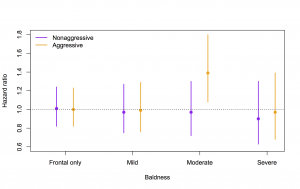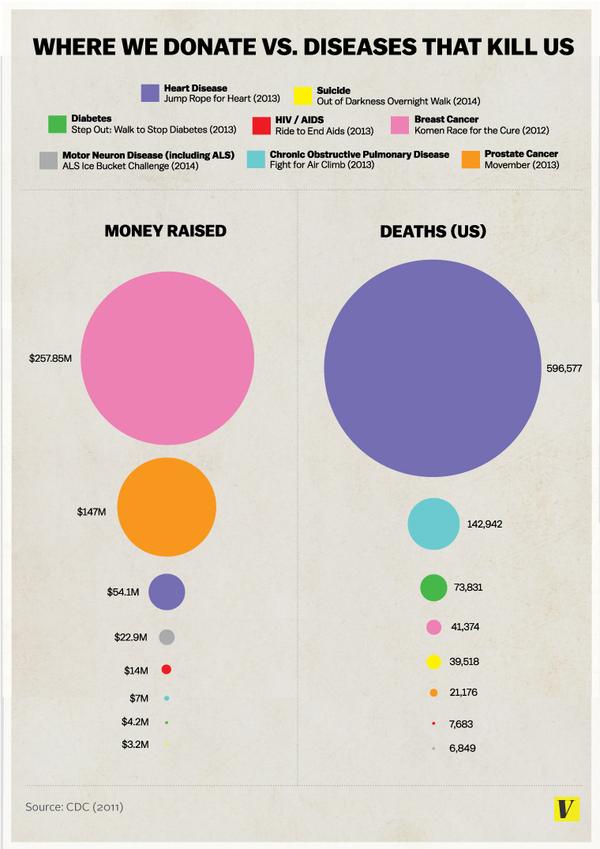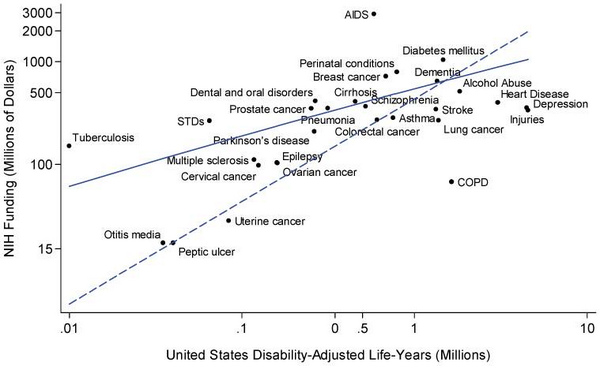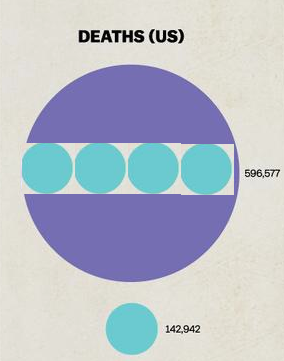Blame it all on mum
Says the Herald (reprinting the Daily Mail)
If you have always found doing sums a struggle, you might just be able to blame your mother.
Because research has linked a woman’s hormone levels in pregnancy with her child’s maths skills at age five.
Boys and girls whose mothers were very low in the hormone thyroxine were almost twice as likely to do badly in arithmetic tests, it found.
The hormone in question is thyroxine, produced by the thyroid, and the basic issue is that iodine deficiency is getting more common again. In Australia and New Zealand, iodine has been added to bread since September 2009 to address this problem. In Australia, the fortification of bread has been fairly successful; there doesn’t seem to be data for New Zealand, but there’s no reason to expect it to be different. So the story may not be applicable to New Zealanders.
Also, as with the cannabis paper a couple of weeks ago, the “twice as likely” is simply wrong. Doing badly in arithmetic was defined as being in the bottom 50%, and it’s not plausible that low-thyroxine kids are twice as likely to be in the bottom half. In fact, it’s the odds ratio for being in the lower 50% of students in maths that was 1.79. Since the overall odds of being in the bottom half is 1:1, if you multiply by 1.79 you get 1.79:1, which is a probability of 64% of being in the bottom half.
A difference between 50% and 64% is not “almost twice as likely”, and “blame” is a completely inappropriate term — this is new research, so even if it’s true (it could be) and relevant to New Zealand (it probably isn’t) it would not be something for which ‘blame’ would be appropriate. There’s entirely too much blaming mothers already.



